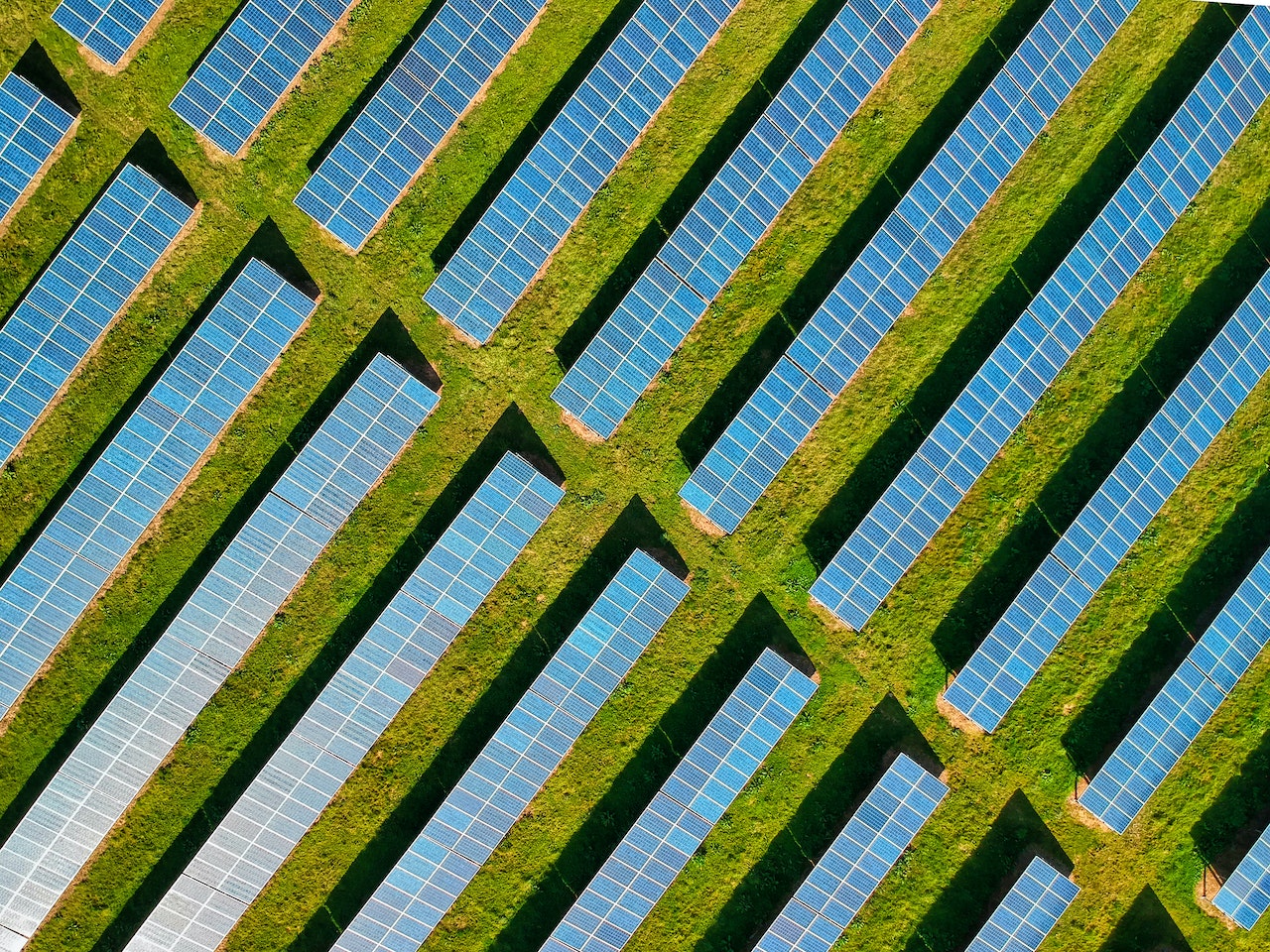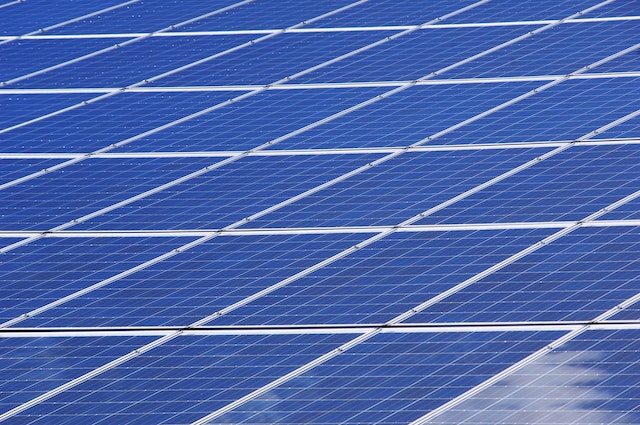Comments
- No comments found

Everyone raves about solar panels, but how do those shimmering blue or black panels turn sunlight into energy that charges your phone?
Here’s an in-depth look at solar panels explained in plain English.
The sun is pretty intuitive when you think about it — it gives off light and heat, both of which are signs of a chemical reaction. Some chemical reactions — like the sun’s fusion of hydrogen and helium — release massive amounts of energy.
There’s more than enough to go around. In fact, installing solar panels on just 50% of the world’s rooftops would meet the entire planet’s electricity needs.
The sun provides both heat and light, both of which can be harnessed as forms of solar energy. Solar thermal collectors utilize the sun's heat to generate electricity, distinct from typical solar panels, which convert sunlight directly into electrical power.
These panels encompass residential and commercial types, including commercial solar battery storage systems that efficiently convert and store this energy for later use. The ability to store solar energy is crucial, especially for providing a reliable energy supply during sunless periods, such as at night or on cloudy days.
Furthermore, integrating battery storage with solar panels helps stabilize the power grid, ensuring a steady energy flow. This advancement fosters the adoption of renewable energy and dramatically cuts carbon emissions, contributing to global sustainability objectives. So, how exactly do these systems work?

If you look closely at a solar panel, you’ll notice it has a geometric grid of rectangles running across its surface. This isn’t just a funky, modern design choice. Each space contains a square chunk of silicon called a solar cell or photovoltaic (PV) cell, and the lines between the rectangles are gaps between the cells. A sheet of clear plastic or glass covers the whole thing.
There are two ways to make these silicon solar cells, resulting in two main types of solar panels.
Manufacturers melt silicon at 1414°C and pour it into square moulds to make polycrystalline solar panels. Each cell may contain silicon from several different silicon crystals. The resulting solar panel will be blue.
Manufacturers cut a single piece of silicon into thin slices and arrange them into a rectangular grid. This time-consuming process creates a very efficient, expensive, glossy black solar panel.
![]()
To explain solar panels, you need to understand silicon itself. The silicon comprising solar cells is a cross between a metal and a crystal. Although not much to look at, this silvery mineral has several properties that make it highly valuable for electronics and energy generation.
Copper is an excellent conductor because it lets electricity flow right through it. You might receive a shock if you touch a bare copper wire connected to a battery.
On the other hand, insulators like glass and rubber barely allow electricity to move through them. That’s why rubber is a popular coating for electrical wires — it keeps the electricity contained in one spot.
Silicon is a semiconductor. That means it allows energy to flow through it, but not as well as a true conductor. It also has some insulative properties but is less insulative than glass or rubber.
If silicon is only a semiconductor, wouldn’t a true conductor be better for building solar panels? Not necessarily.
Like the porridge in the Goldilocks story, silicon occupies a sweet spot between insulators and true conductors. It’s not too reactive or too inert. This property makes it very stable, which gives solar panels valuable qualities like not melting or exploding in the heat. Thank goodness for that!
A solar panel contains two layers of silicon cells sandwiched between glass or plastic. When light particles called photons pass through the clear surface, they enter the PV cells and interact with the silicon.
Without getting too far into the nuances of chemistry, the photons knock electrons free from the silicon molecules. These free electrons generate electricity.
Now the solar cells have generated an electrical field that can easily flow out. Where does it go?
Solar panels wouldn’t be very useful if they turned sunlight into random bursts of electricity. In fact, they would be downright dangerous! Instead, they direct that electrical energy where people need it most.
Solar panels have a conductive wire running along their perimeter. Copper and aluminium are usually the metals of choice for making this wire because they’re so conductive. Electricity flows through this metal wire into a box called the inverter.
The inverter turns one type of electricity — known as direct current (DC) electricity — into alternating current (AC) electricity. Homes and businesses use AC electricity to power lights, heat or cool a building, and turn on appliances.
Explaining solar panels requires one last concept, which is energy distribution. Once the electricity leaving a solar panel is in AC form, another wire transfers it from the inverter to an electric panel called a breaker box. The breaker box distributes power to different parts of a building, such as the water heater and stove.
A solar metre measures the energy a homeowner’s solar panels produce. If the panels make more electricity than the building needs, the metre redirects it into a battery or the wider utility grid.
Homeowners who don’t use a storage battery often sell their excess electricity to utility companies. The businesses then distribute the extra energy to other homes that need it.
Because you can sell excess solar energy, solar panels are often cheaper than fossil fuels for powering your home. In some cases, the electric company might even pay you! Your house becomes a small power plant that generates energy for the wider community. It helps reduce strain on utility organisations and makes the energy grid more reliable.
Solar panels use the world’s most abundant energy source to make electricity. Sunlight causes silicon cells to generate an electric current, then a copper-aluminium wire directs the current into an inverter. The inverter turns DC electricity into AC electricity so homes can use it. Finally, a breaker box distributes the energy to where people need it most.
That’s the science of solar panels explained! Next time you see a home covered in glistening blue tiles, you’ll know there’s a lot more than meets the eye happening on the rooftop.
Emily Newton is the Editor-in-Chief of Revolutionized. She is a science and technology journalist with over three years covering industry trends and research.
Leave your comments
Post comment as a guest